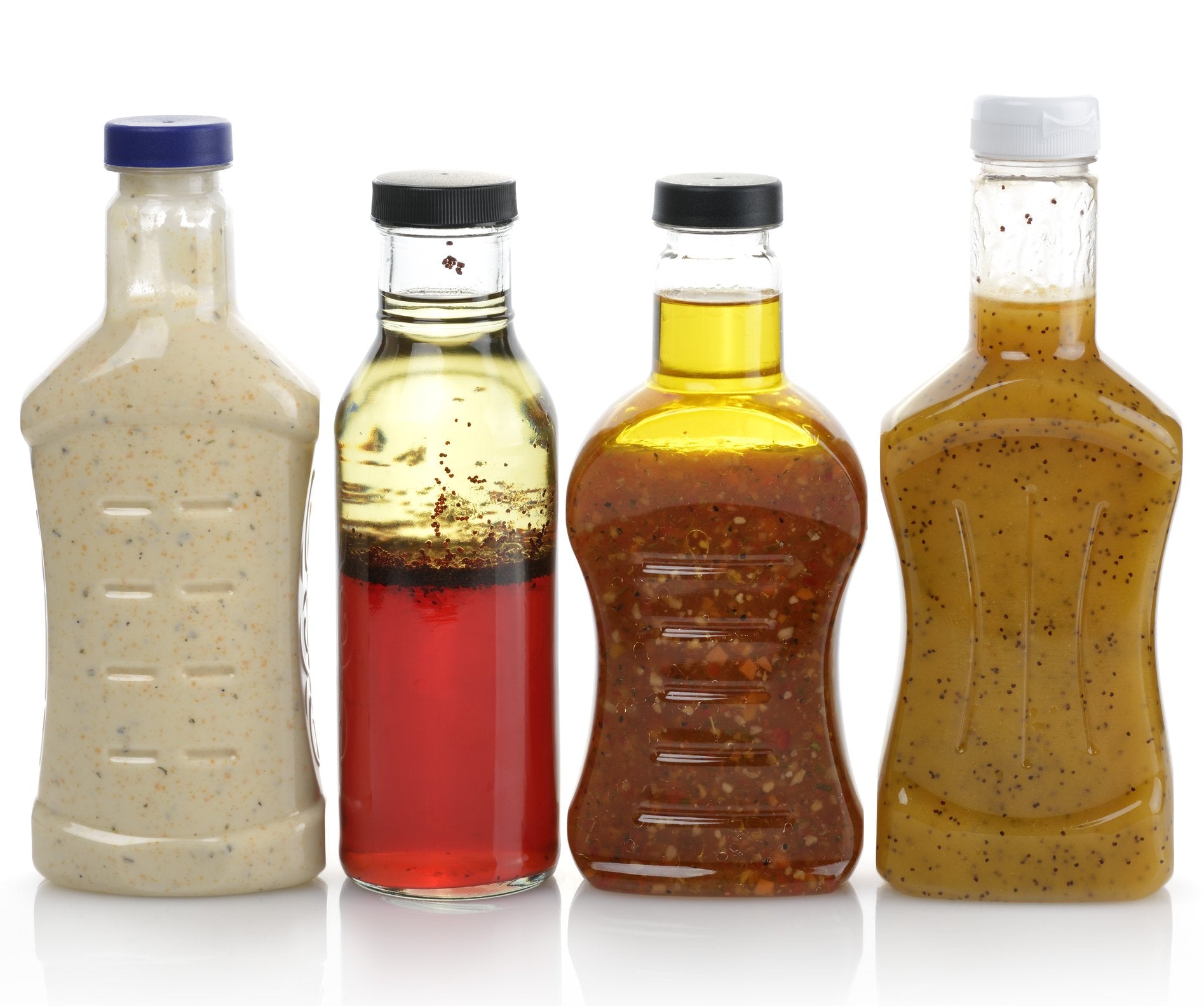The relationship between emulsifiers and sensory experience
The Crucial Advantages of Emulsifiers for Smooth and Stable Mixes
Emulsifiers are crucial in producing smooth and stable mixes throughout numerous markets. They lower surface area tension between immiscible liquids, causing boosted texture and general sensory experiences. In food and cosmetics, their function extends past mere blending; they likewise enhance rack life and item honesty. Understanding the types and applications of emulsifiers exposes their value in solution processes. The subtleties of their performance warrant better expedition.
Recognizing Emulsifiers: The Scientific Research Behind the Blend
Emulsifiers are usually overlooked in day-to-day cooking and food manufacturing, they play a necessary role in maintaining blends that would otherwise separate. Emulsifiers are compounds that decrease surface area tension in between 2 immiscible liquids, such as oil and water. They have both hydrophilic (water-attracting) and hydrophobic (water-repelling) residential properties, permitting them to connect with both phases. This unique characteristic makes it possible for emulsifiers to form a steady user interface, preventing the separation of fats and fluids.
Typical instances of emulsifiers include lecithin, commonly originated from soybeans or eggs, and mono- and diglycerides. These compounds create an uniform texture in items like mayo, salad dressings, and sauces. The scientific research behind emulsifiers depends on their ability to create a secure solution, which is crucial for achieving desirable food top quality and rack life. Comprehending the feature of emulsifiers is necessary for food researchers and cooking specialists going for constant outcomes.
Culinary Applications: Enhancing Flavor and Appearance
Emulsifiers substantially boost culinary applications by boosting both flavor and texture in a range of food items (emulsifiers). They play a vital duty in producing steady emulsions, which are essential for sauces, dressings, and mayo. By enabling the even distribution of fats and water, emulsifiers guarantee that flavors are well-blended and harmonious, enhancing the overall preference experience
In baked items, emulsifiers add to a better crumb framework and enhanced moisture retention, resulting in items that are enticing and soft. Furthermore, they assist prolong service life by protecting against splitting up and preserving freshness.
In milk items, emulsifiers help in developing smooth textures, crucial for items like gelato and cream cheese, where mouthfeel greatly influences consumer pleasure. In general, making use of emulsifiers in culinary applications not just raises taste profiles however additionally enhances the sensory experience of different food things, making them a lot more delightful and appealing.

Cosmetic Utilizes: Creating Elegant Formulas
When developing cosmetic products, the incorporation of emulsifiers is essential for accomplishing glamorous and smooth appearances. These agents help with the blending of water and oil stages, developing secure solutions that improve item performance and customer experience. Emulsifiers not only enhance the consistency of creams and lotions but likewise add to the general sensory characteristics, enabling a more pleasurable application and really feel on the skin.
Furthermore, emulsifiers play an important function in the efficient distribution of energetic components, guaranteeing that they stay equally dispersed throughout the solution. This consistent distribution boosts the item's efficacy, giving targeted advantages such as hydration, anti-aging, and security. Moreover, the best emulsifier can give a wanted viscosity, avoiding splitting up and maintaining product integrity over time. Inevitably, emulsifiers are indispensable in developing premium cosmetic formulations that meet consumer assumptions for deluxe and performance.
Sorts of Emulsifiers: Synthetic vs. all-natural
Understanding the differences between natural and artificial emulsifiers is crucial for formulators aiming to maximize cosmetic products. All-natural emulsifiers, stemmed from plant or pet sources, consist of active ingredients like lecithin, beeswax, and different gum tissues. They are typically preferred for their skin-friendly properties and biodegradability. Additionally, they can improve the sensory profile of formulations, providing an extra appealing texture and really feel.
On the other hand, synthetic emulsifiers are chemically crafted to produce certain functionalities and security. Common examples consist of polysorbates and stearic acid. These emulsifiers usually offer premium efficiency pertaining to emulsification efficiency and shelf-life stability. They might increase concerns relating to skin sensitivity and ecological effect.
Ultimately, the selection in between artificial and natural emulsifiers relies on the preferred item characteristics, formulation goals, and customer my blog preferences, highlighting the significance of comprehending their one-of-a-kind residential properties. emulsifiers.
The Role of Emulsifiers in Food Preservation

Tips for Utilizing Emulsifiers Successfully in Recipes and Products
When utilizing emulsifiers in items and dishes, picking the appropriate type is necessary for attaining preferred outcomes. Additionally, employing appropriate mixing techniques can greatly boost the security of emulsified combinations. Understanding storage methods and shelf life ensures the durability and performance of these emulsifiers.
Choosing the Right Emulsifier

Choosing the proper emulsifier can significantly improve the texture and stability of a mix, as the right selection depends upon the details active ingredients and desired result. Numerous elements affect this choice, including the sort of fats or oils, the visibility of water, and the target uniformity. For instance, lecithin is ideal for sauces and dressings, while xanthan gum tissue functions well in gluten-free baking. In addition, the emulsifier's compatibility with various other components plays a substantial duty in attaining the preferred stability. It is necessary to take into account the temperature series of the application, as some emulsifiers carry out better under details conditions. Eventually, recognizing the qualities of each emulsifier will cause much more reliable formula in products and recipes.
Proper Blending Strategies
Utilizing reliable mixing strategies is crucial for achieving suitable emulsification in items and recipes. First, it is necessary to introduce emulsifiers slowly, enabling them to spread equally throughout the mix. check it out High-shear mixing methods, such as using an immersion or a blender or food processor mixer, can improve emulsifier efficiency by damaging down fat beads. Keeping a constant temperature throughout blending also aids in accomplishing a secure emulsion, as fats and fluids can mix a lot more properly when warmed up. Furthermore, incorporating components in the proper order-- starting with the liquid phase complied with by the fat stage-- makes sure also distribution. Ultimately, blending must continue till the wanted uniformity is gotten to, preventing over-mixing, which can lead to splitting up. Correct techniques eventually lead to smoother, much more stable emulsions.
Storage Space and Service Life
The effectiveness of emulsifiers can significantly enhance the high quality of blends, proper storage space and focus to rack life are crucial for preserving their performance. Emulsifiers need to be saved in a cool, completely dry atmosphere, away from straight sunlight and moisture, which can degrade their residential or commercial properties. It is advisable to maintain them in closed containers to stop contamination and oxidation. Additionally, checking the expiry days and sticking to advised storage space guidelines can optimize their efficiency. Normal assessments of texture and stability in mixtures can suggest whether the emulsifier is still working efficiently. By complying with these storage techniques, individuals can assure that their emulsifiers stay powerful, causing constantly smooth and secure mixtures in dishes and items.
Regularly Asked Questions
Are Emulsifiers Safe for Individuals With Dietary Restrictions?
Emulsifiers can be risk-free for people with nutritional limitations, depending on their resource and structure. It's vital for those with allergic reactions or specific nutritional needs to thoroughly evaluate component tags and seek advice from health care experts.
Exactly How Do Emulsifiers Impact the Shelf Life of Products?
Emulsifiers boost the life span of items by supporting mixtures, avoiding separation, and reducing putridity. Their capability to keep harmony helps guarantee durability, inevitably protecting taste, structure, and total quality in various food items.
Can I Make Emulsifiers in your home?
Yes, homemade emulsifiers can be produced making use of all-natural active ingredients like egg yolks, mustard, or honey. These options can help blend oil and water, however results may differ based on the specific recipe and technique utilized.
What Are Usual Emulsifier Allergies to Look For?
Typical emulsifier allergic reactions consist of responses to soy lecithin, egg yolk, and dairy-based emulsifiers. People with level of sensitivities may experience signs like hives, intestinal distress, or respiratory system concerns upon direct exposure to these components in various foodstuff.
How Do Emulsifiers Impact Nutritional Worth?
Emulsifiers can influence dietary value by enhancing nutrient absorption and bioavailability - emulsifiers. Excessive usage could lead to nutrition loss or inequality, possibly affecting wellness end results, especially in processed foods where they are common.
Emulsifiers significantly improve cooking applications by improving both taste and structure in a selection of food items. In milk products, emulsifiers help in producing smooth textures, necessary for items like ice lotion and cream cheese, where mouthfeel significantly affects customer satisfaction. In the domain name of food conservation, emulsifiers play a considerable role in maintaining the high quality and shelf-life of different products. In products like salad dressings and sauces, emulsifiers aid to preserve structure and taste stability over time, guaranteeing that the food stays enticing to customers. Usual emulsifier allergic reactions include responses to soy lecithin, egg yolk, and dairy-based emulsifiers.